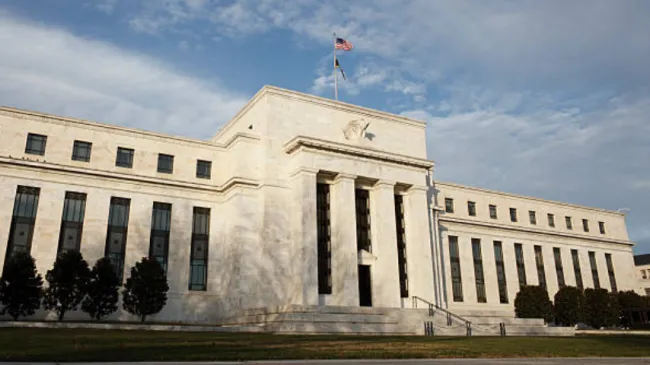The Blessings of Deflation
There is no radical disconnect between the interest of consumers (who always want lower prices) and overall economic health. What's good for consumers is good for everyone, writes Lew Rockwell. Thus one can only marvel at the many economists and commentators who try to convince the public that deflation is a very scary thing.










